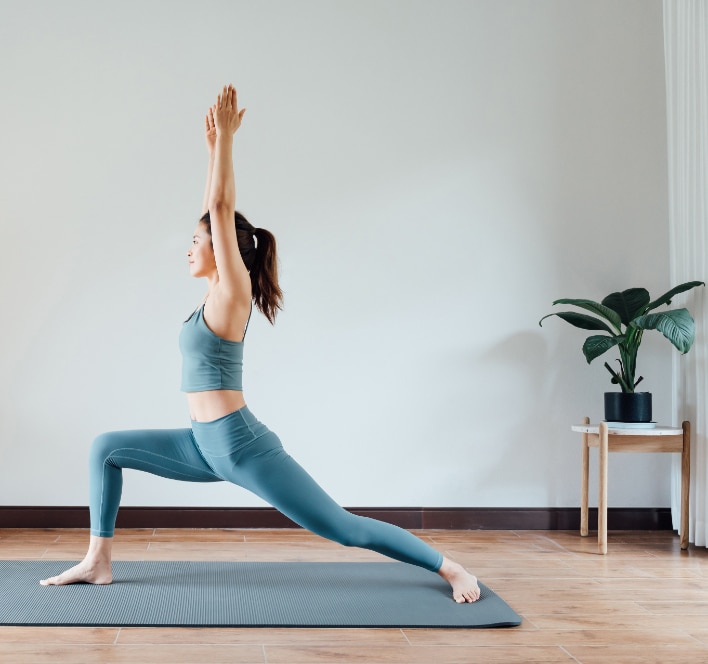Yoga is a movement practice that helps people maintain strength and flexibility in their bodies. In fact, when done correctly, yoga is one of the most effective, conservative tools for reducing back pain while increasing strength and mobility. Yoga involves a series of poses, also referred to as asanas that are conducted with an emphasis on breathwork. These poses help to reduce tension in the muscles and improve balance. If you are struggling with back pain, yoga may be a great practice to try for achieving long-term pain relief. However, it’s important to note that yoga still involves physical movement and it’s essential to do poses in proper form to reap the healing effects. Here’s a look at how to use yoga to help alleviate lower back pain.
Trying Yoga to Help Lower Back Pain
Yoga can be especially effective at alleviating lower back pain. By holding various poses, specific muscle groups throughout the back become stronger. Many yoga poses offer a gentle approach to strengthening both the back and abdominal muscles—both of which are essential to a healthy spine. When your back and abdominal muscles are strong, it helps you maintain proper posture and movement, reducing back pain.
In addition to strengthening, yoga also stretches your muscles, reducing overall tension. By holding individual poses from 30-60 seconds, it allows some muscles to flex while others achieve a deep stretch, increasing flexibility and mobility in your muscles and joints. If you are experiencing back pain, stretching is essential, as it is an effective tool for reducing or even eliminating pain.
Important Things to Consider When Exploring Yoga for Lower Back Pain
While yoga is an extremely effective tool for alleviating lower back pain, it’s still a form of exercise, meaning injuries can still occur. Most commonly, injuries occur when people move through poses too quickly, failing to activate their core muscles and rather “dropping” into a pose. This leads to improper form and can increase the risk of injury. As with other forms of exercise, when doing yoga, it’s always best to make slow, controlled movements rather than racing through a sequence. Specifically, if you are new to the practice, it’s important to take things slow, as you probably don’t have the foundation of strength needed to execute the poses at 100%.
When doing yoga, it’s best to activate your muscles to create a solid foundation. Then, you can lengthen into a pose following proper form to achieve a healthy stretch. A good rule of thumb is to always activate your core muscles, as this will prevent you from compensating in other muscle groups.
If you are new to yoga or are especially stiff, it’s a good idea to ask the teacher for ways to modify the pose to meet the current state of your body. There are a variety of props used in yoga classes, such as blocks, bolsters, straps, etc that allow people to modify asanas to be in the pose in a healthy way for their body. It’s best to approach the teacher before the class to tell them about your injury or the pain you are experiencing. This way, they can advise you on the safest ways to hold poses for your body.
Additionally, if you are exploring yoga as a mechanism for healing back pain, it may be best to start with slower-paced practices, such as yin and restorative, as opposed to faster-paced options, such as vinyasa.
Talk to a Skilled Spine Specialist to Make Sure Yoga Is Right for You
If you have a complex, long history of lower back pain or your pain is caused by an underlying condition or injury, it’s good to talk to a doctor about whether a yoga program is right for you. Getting the go-ahead from your doctor is the safest way to start a yoga regimen for lower back pain.
If you are struggling with back pain, visit your local NJ Spine and Orthopedic branch to receive expert medical care and diagnosis. At NJSO, we pride ourselves on our ability to orchestrate personalized care plans that serve the unique needs of our patients. To schedule an appointment with one of our skilled spine experts, call (866) 272 9271 or fill out our online contact form.

